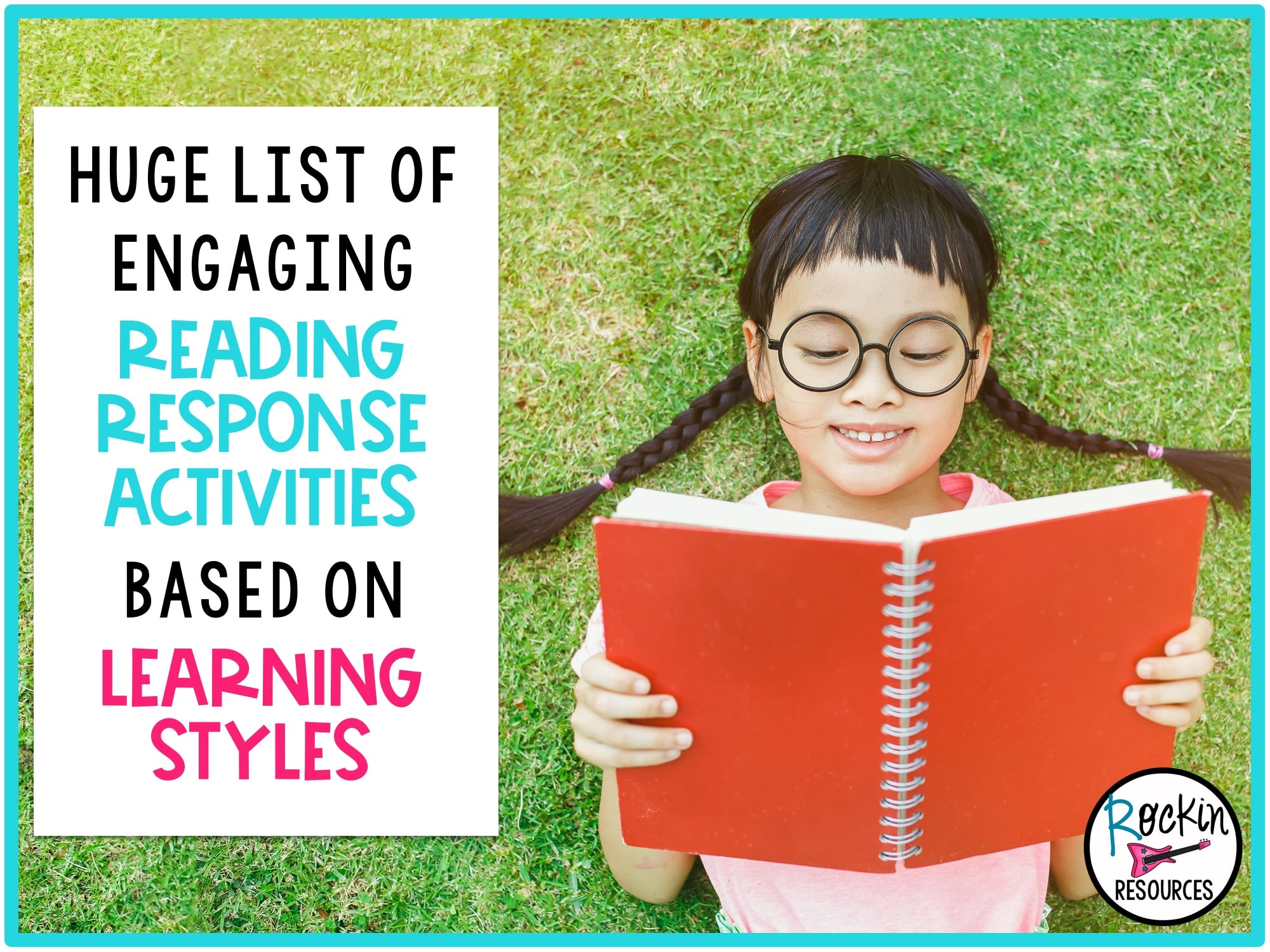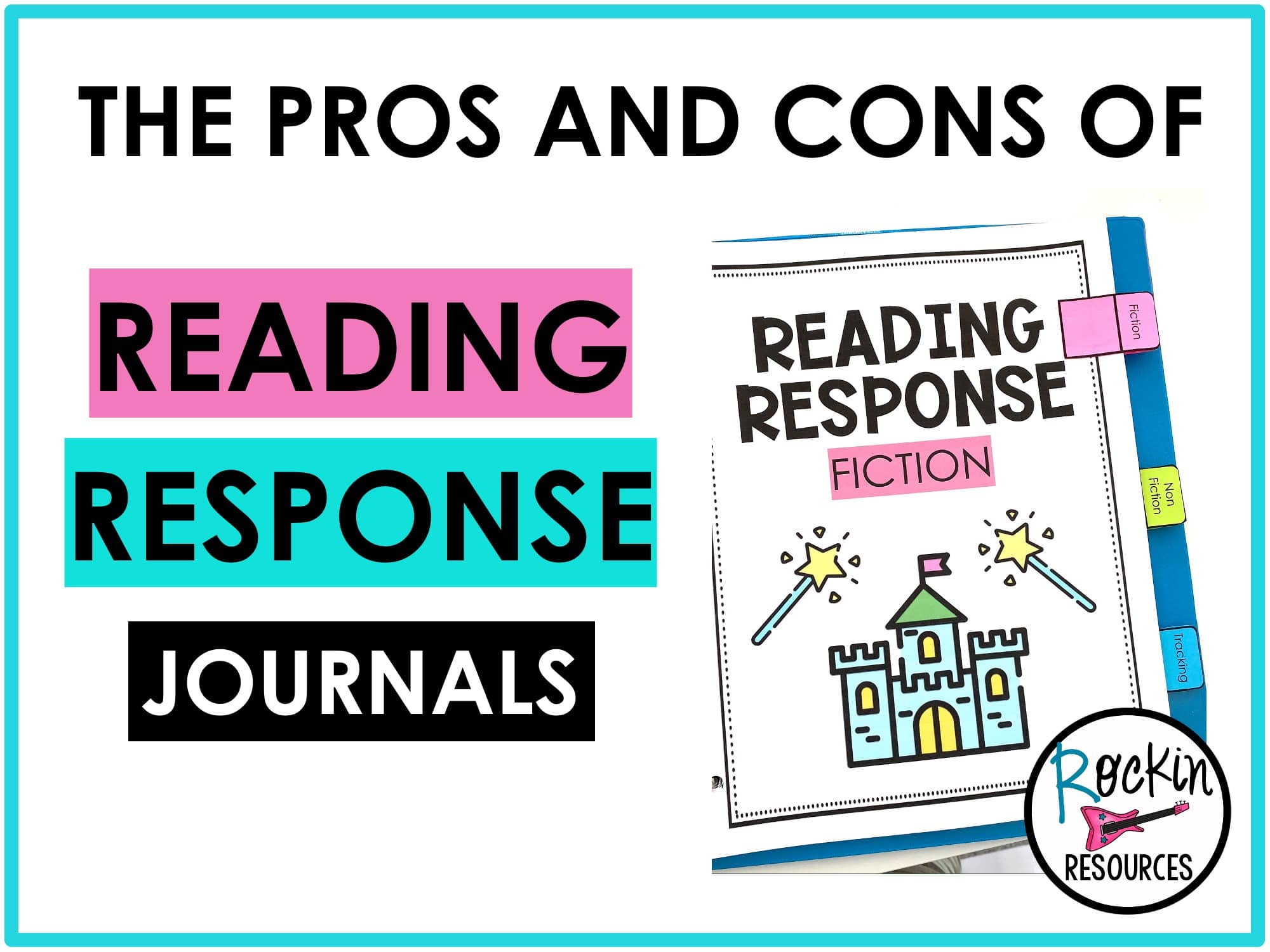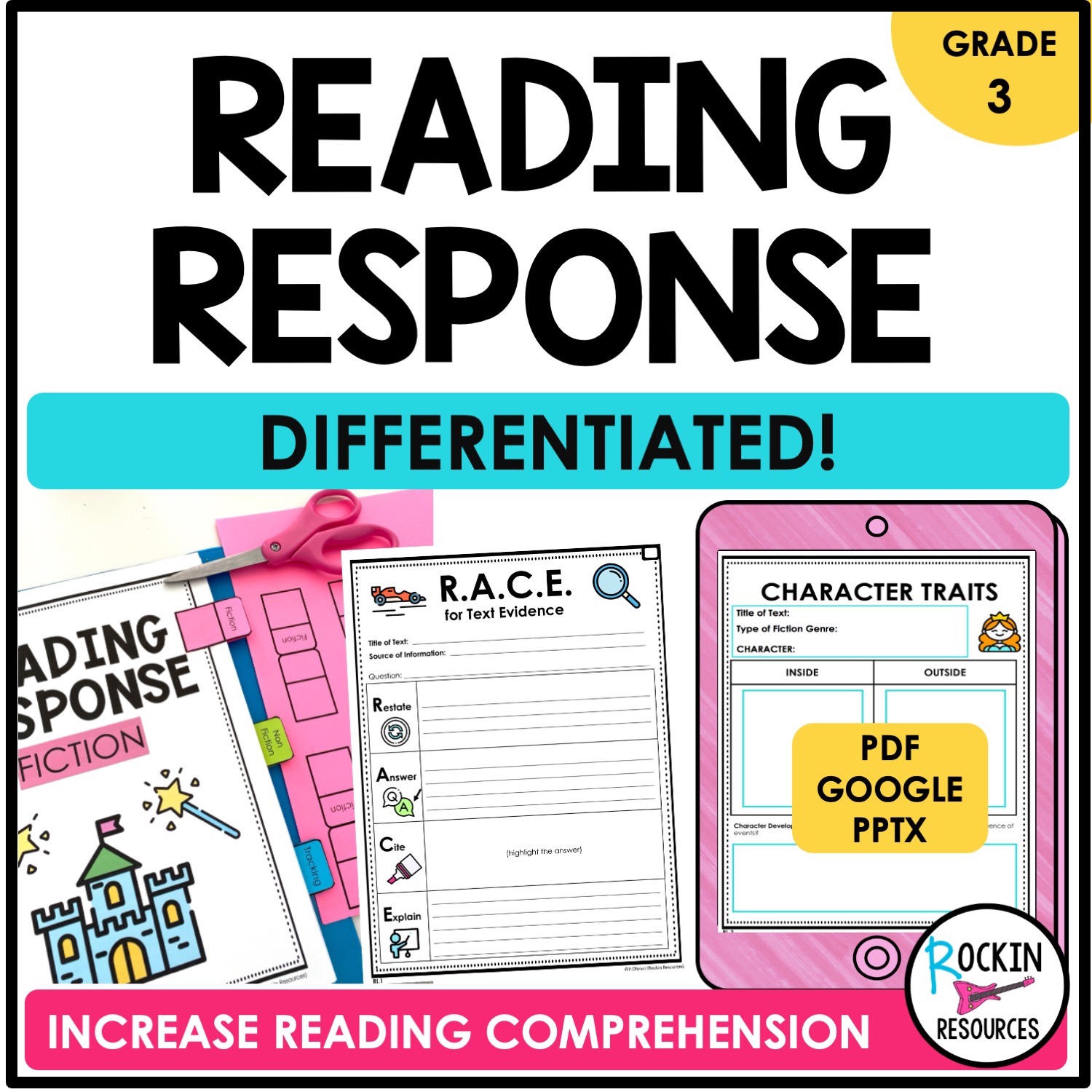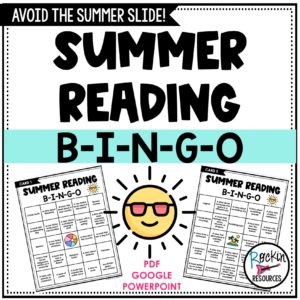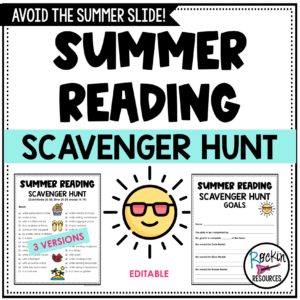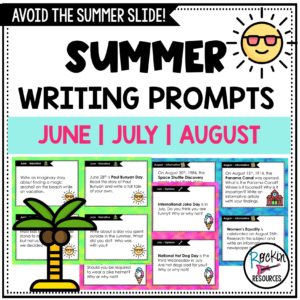In terms of writing, this may be where many parents find themselves really butting heads with their students. Many kids don’t see the point of writing outside of school, or they have a very narrow writing lens. Widen their horizons with some of our fun activities based on various types of LEARNING STYLES, which will likely appeal to your student’s unique personality. A written report is only one way to show comprehension. Have your student/child pick from this list of engaging activities for reading grouped by learning style and MULTIPLE INTELLIGENCES. (Don’t forget that children may have strengths in more than one intelligence. Encourage them to pursue any activity they are interested in!) Read on for a Huge List of Engaging Reading Response Activities Based on Learning Styles.
Verbal-Linguistic Intelligence
These students love writing, reading, and speaking.
- Write a letter to the main character.
- Write a persuasive letter or essay to the antagonist in a story to convince them to switch sides or change behavior.
- Write an acrostic poem, haiku, or bio poem for a character in the book.
- Create a “Newspaper” for the town or city where the book takes place.
- Create a magazine or e-zine with contributions from different characters. (For example, one character might write a sports column, another gives advice, a third reviews the newest movies, etc.)
- Create a series of “text messages” between two characters.
- Write state legislators about important issues in fiction or nonfiction books.
- Write a book report.
- Write a book review.
- Give a speech about an important topic in the book.
- Create a blog post or video-blog as if the student is the main character in the book.
- Perform a monologue as one of the main characters or villains.
- Re-tell the story to others.
- Does the book involve food in any way? Write a menu or recipe.
Logical-Mathematical Intelligence
These students enjoy logic puzzles, numbers, interpreting data, and analyzing patterns.
- Create graphs and charts for nonfiction stories.
- Analyze a character’s motives and represent them on a chart.
- Create a timeline of events in the book.
- Create a timeline of life events for after reading a biography or for the author of a fiction book.
- Write math problems using characters and events as variables. Have them provide an explanation of the meaning for each equation. (Example: Harry Potter + 2= True Friendship. I made this equation because Harry Potter plus Ron and Hermione equals friendship. This equation rescued Harry from a lonely life. Friendship is a big theme in the Harry Potter books.)
- Make a math game using themes and events in the book.
- Design and/or Build a 3-D model of a character or setting.
- Design a science experiment based on a problem in the book.
- Prepare a recipe of a meal mentioned in the book or a meal for a main character.
Spatial Intelligence
These students enjoy using pictures and images to process information. They interpret visuals including maps and puzzles and are often skilled in building, designing, and creating art.
- Design a photo collage for a main character.
- Build scenes from the book out of Legos, building blocks, or other materials.
- Create an art exhibit for the book using a variety of materials and mediums.
- Make models of the main characters and important scenes out of clay or dough.
- Create a flow chart of the main events in the book.
- Draw a map of a fictional setting or study and recreate a map of a nonfiction setting.
- Build a topographic map or model of a landmark or building in a book.
- Make a vision board for a character.
- Create a homemade jigsaw puzzle of your favorite scene from the book using wood or cardstock.
- Create a Venn Diagram to compare and contrast character actions, characteristics, settings, etc.
- Draw a movie poster with a cast of actors who would play the roles in the book.
- Turn a favorite scene into a comic strip.
Musical Intelligence
These students enjoy listening to music and creating music. They learn through sound and feel strong connections to sounds and music.
- Create a playlist for the book or for a character from the book.
- Compose a song or lyrics for the book, a scene, or a character.
- Find a musical adaptation of the book or compare and contrast a musical with a similar theme.
- Write a musical version of a story (especially works well with picture books).
- Create a “mood playlist” of music that sets the mood for different scenes in the book.
- Take a familiar song and write a parody—retell the story using the tune.
- Take a children’s song or rhyme and rewrite it to reflect events in the story.
- Create a list of songs that were popular during the time period of a story, research the songs and composers of that time.
- Create a rap or poem set to music about the main characters, story as a whole, or theme of a story.
- Choreograph a dance that represents the plot or theme of a book.
Bodily-Kinesthetic Intelligence
Body smart students love to use their bodies to learn. They relate strongly to touch, movement, and the release of physical energy. They are often expert dancers, athletes, gymnasts, and more.
- Acting out scenes from books.
- Create an obstacle course to represent the plot in the book.
- Create a physical game that represents the book.
- Create and act out character monologues.
- Make and complete a scavenger hunt with friends using items related to the book.
- Play charades with vocabulary words and events in the book.
- Build sets and scenes from the book and explain their significance.
- Sew or craft models and costumes for characters in a book.
- Walk trails of historical fiction books or complete walking tours of areas where books are set (or similar to where they are set).
- Reenact battles, performances, etc. from nonfiction books.
- Build dioramas that represent scenes from the book.
- Choreograph and/or perform a dance that represents a character or a plot in a book.
Interpersonal Intelligence
These students have a good grasp of interacting with others, understanding the feelings and needs of others, and are usually able to get along well with others. They’re excellent at persuading people to see their point of view as well as understanding another person’s viewpoint.
- Write a letter to a main character in the book.
- Write an opinion essay as the main character.
- Write a persuasive essay to persuade a character in the book to change their ways or minds.
- Create a personal growth table or chart to show how characters grew over the course of the book.
- Start a book club with peers and adults who want to read the same book or books in the same genre.
- Create a shared reading journal with a parent, peer, or adult. (The student reads and shares thoughts on one side of the page while the partner responds and asks questions on the other. The student will incorporate the partner’s comments into their next response.)
- Interview people who have interests, experiences, or jobs that the main characters have. Interview people who are knowledgeable about subjects encountered in nonfiction books.
- Put on a play or puppet show adaptation of the book for friends and family.
Intrapersonal Intelligence
These students understand their own feelings and are well aware of their own needs, strengths, goals, and are passionate about their own ideas. Most self-smart students like time to work on their own so they can focus and process.
- Keep a personal reflection journal about their individual thoughts and feelings about a book.
- Make a journal of self-to-text reflections.
- Write “autobiographies” as people from certain time periods or places related to nonfiction reading.
- Set personal goals as if they were a character in the book.
- Write a book review, giving their opinion.
- Write an opinion essay based on an issue or theme in the book.
- Keep a diary as a person from a historical time period from a nonfiction book or from a fantasy land/fictional town from a fiction book.
- Make a scrapbook of items and images related to the book.
- Create a poster or artwork that shows a personal connection to a character, scene, or book as a whole.
Naturalistic Intelligence
Nature-smart students enjoy the natural world and have a keen interest in the environment. They enjoy being outside and often enjoy being with animals or observing animals, birds, and insects.
- Research the natural surroundings related to nonfiction books.
- Plant a garden in honor of a fictional character or a real person from a nonfiction book.
- Research the animals and plants of areas where a book is set.
- Create a “field guide” of animals or plants from imaginary or fantasy worlds.
- Categorize and sort items from nature that pertain to nonfiction topics.
- Create a reading fort in a natural area.
- Sponsor a park, pond, or block clean-up to raise awareness for a topic or theme from a book.
For More Tips Check Out This Blog:
Discover Related Resources
-
3RD GRADE READING RESPONSE JOURNAL – READING RESPONSE WORKSHEETS
Original price was: $9.99.$7.00Current price is: $7.00. -
4TH GRADE READING RESPONSE JOURNAL – READING RESPONSE WORKSHEETS
Original price was: $9.99.$7.00Current price is: $7.00. -
Summer Reading BINGO
$3.00 -
Summer Writing Prompts
$3.00
Share this Blog on Pinterest:


